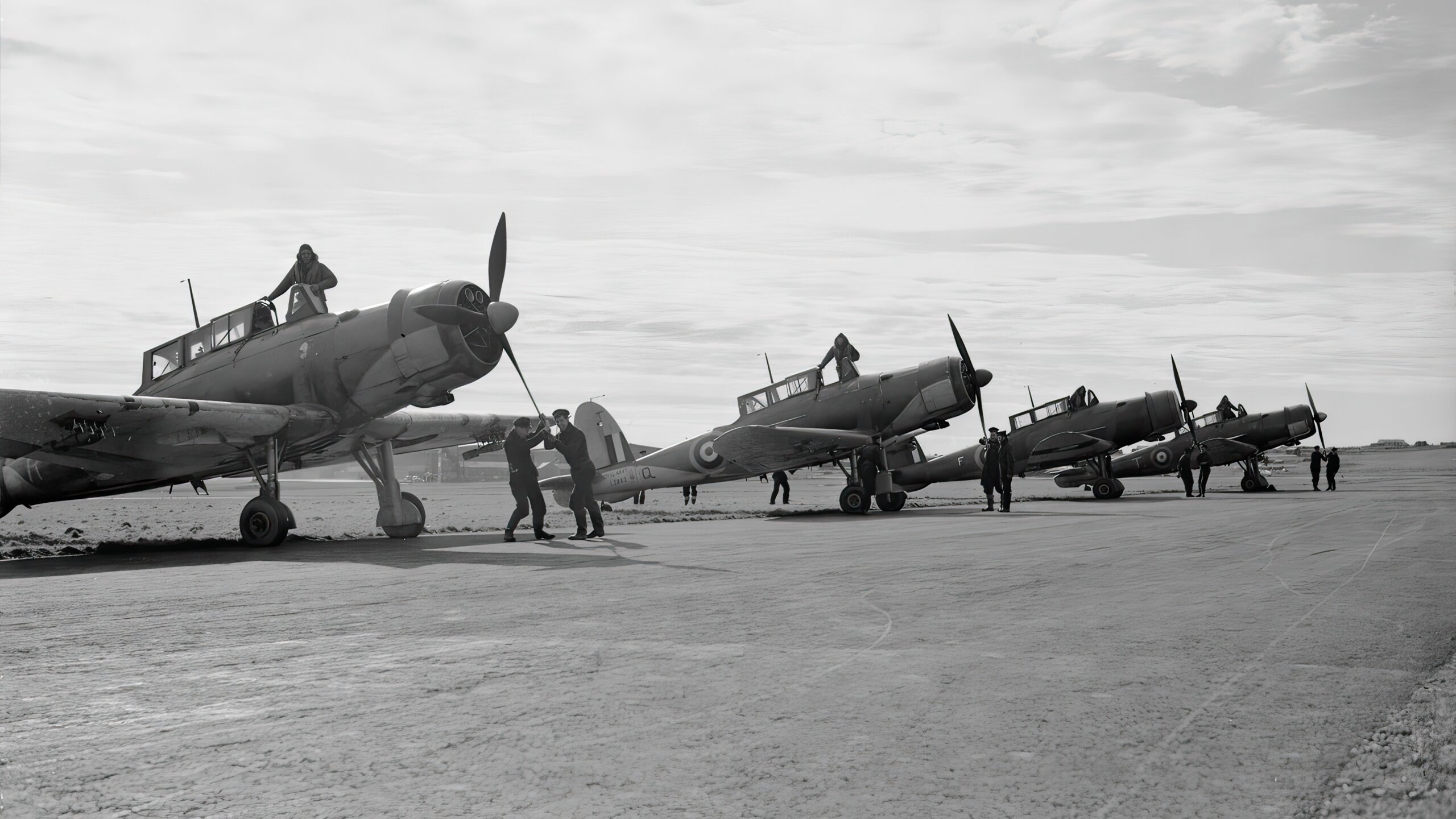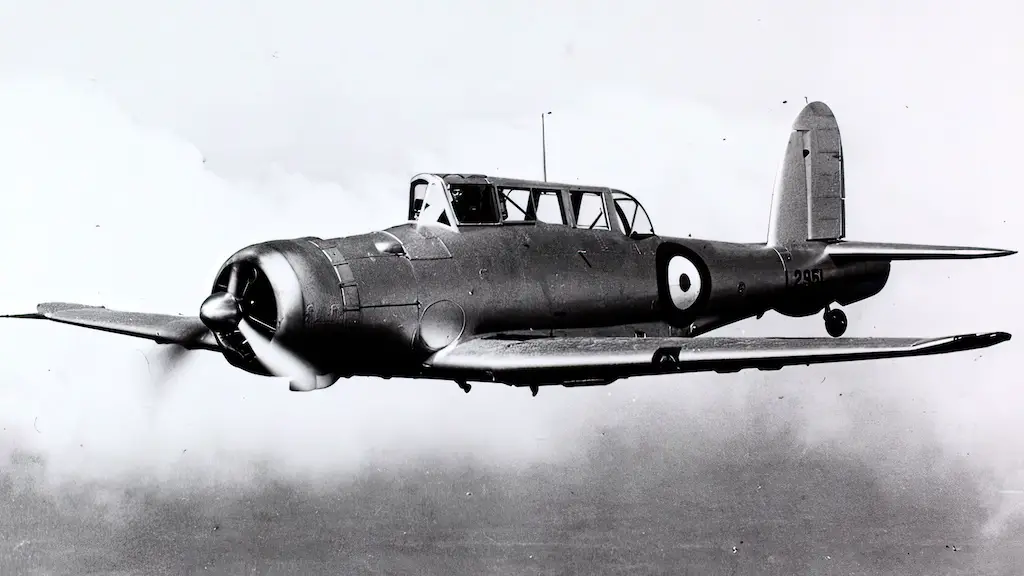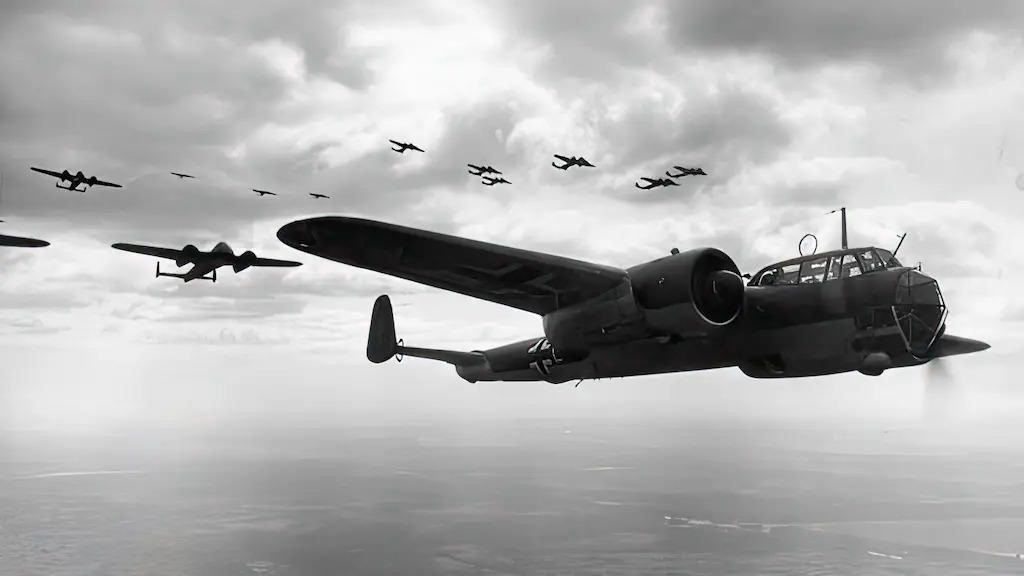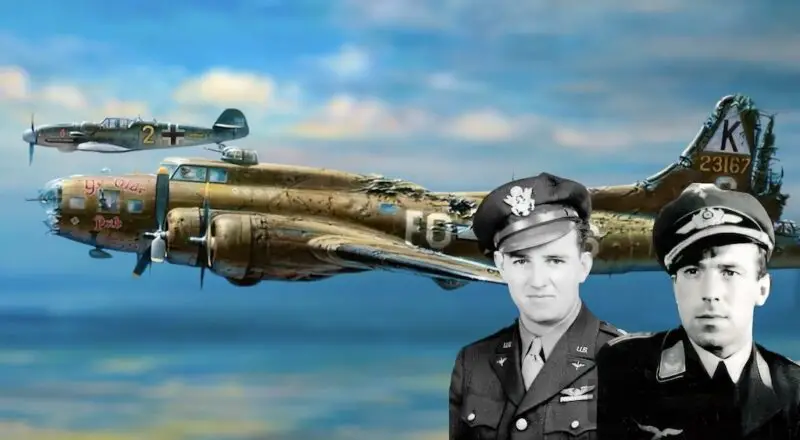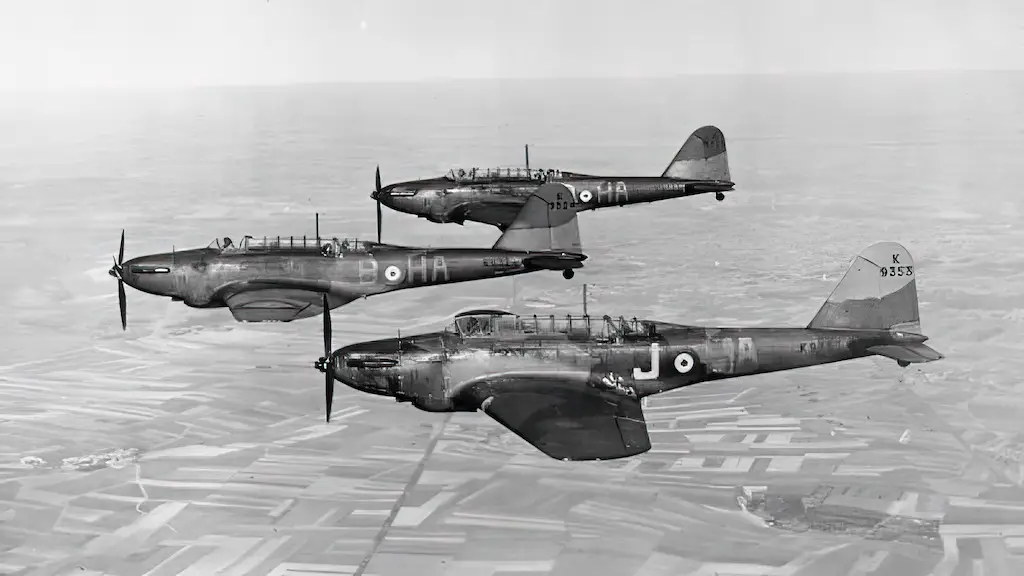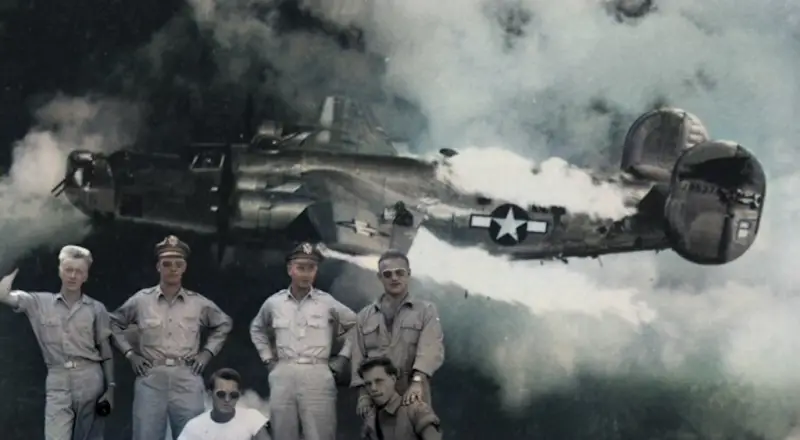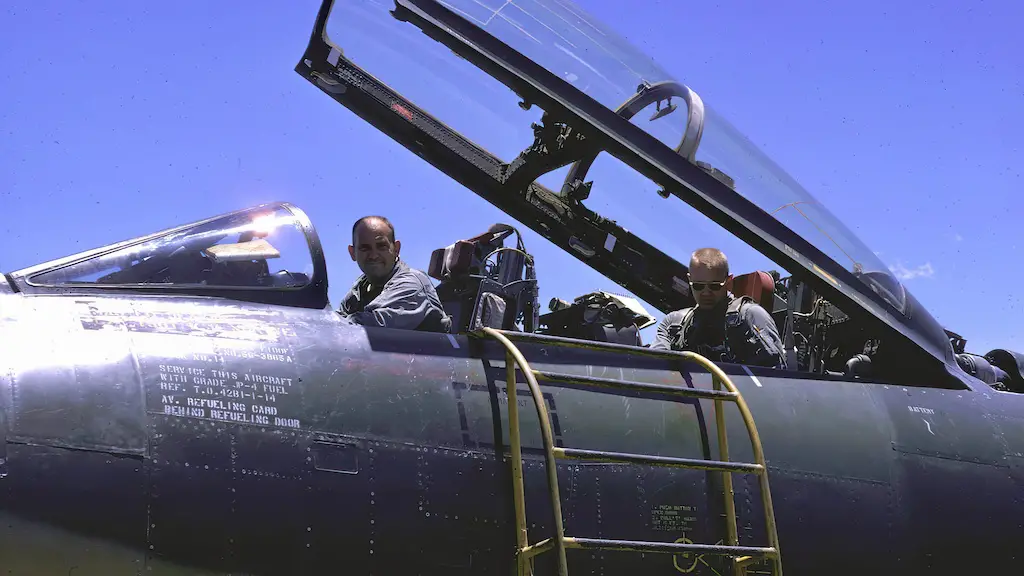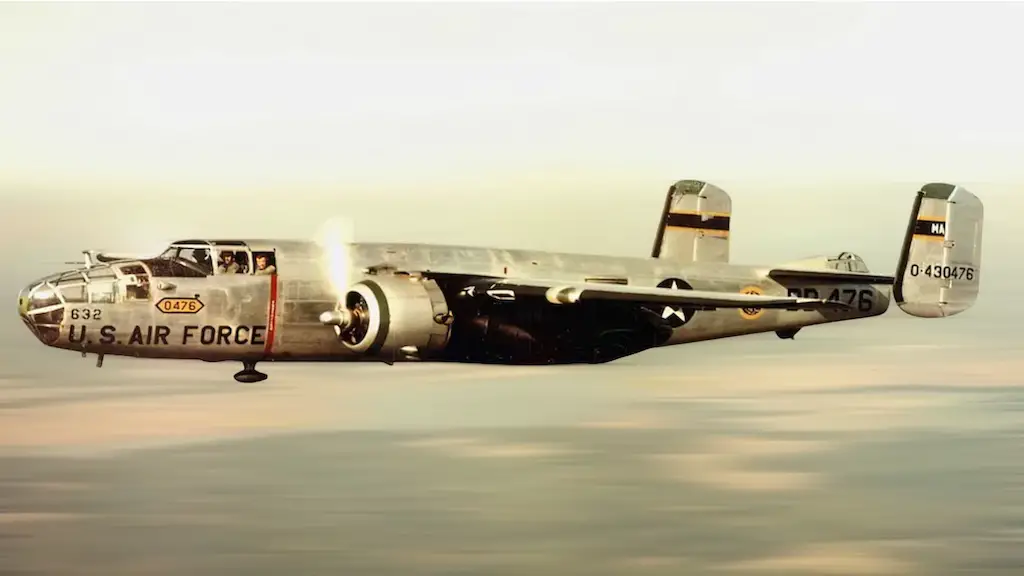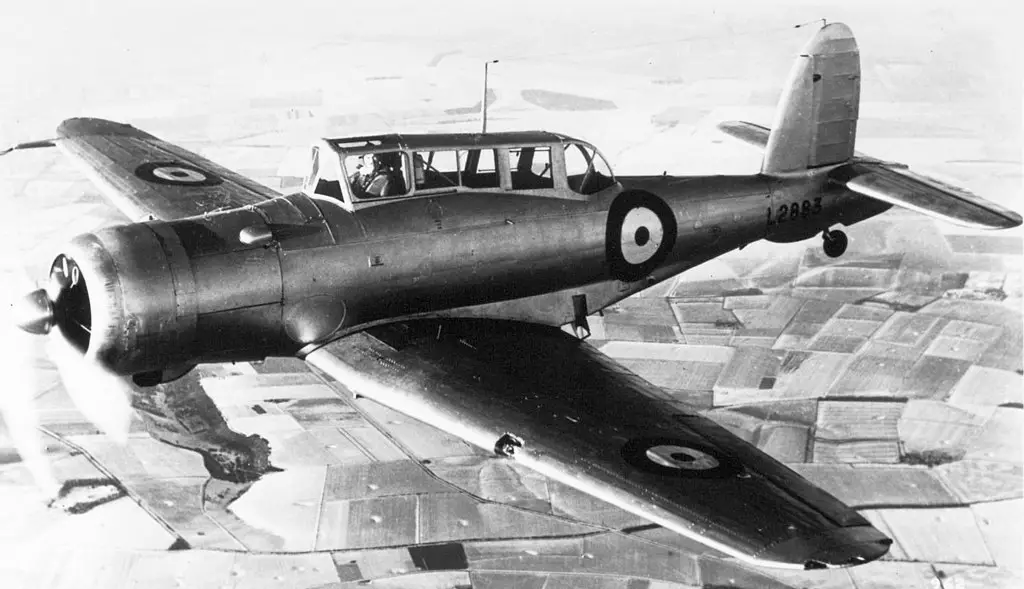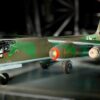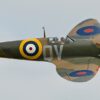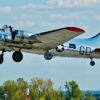Unfolding the Birth of an Icon
In the realm of historical aviation, the Blackburn Skua holds a position of unique distinction. Birthed in an era teetering on the brink of a new age of aerial combat, the Skua was a pioneering concept, boasting a dual role as both a dive bomber and fighter.
The Skua’s development began in the mid-1930s when the British Air Ministry issued specification O.27/34, demanding a two-seat, high-performance monoplane. This call to action was an ambitious departure from biplanes, the stalwarts of the Royal Navy’s Fleet Air Arm (FAA). Blackburn Aircraft took up the challenge and delivered its proposal: the Blackburn B-24 Skua.
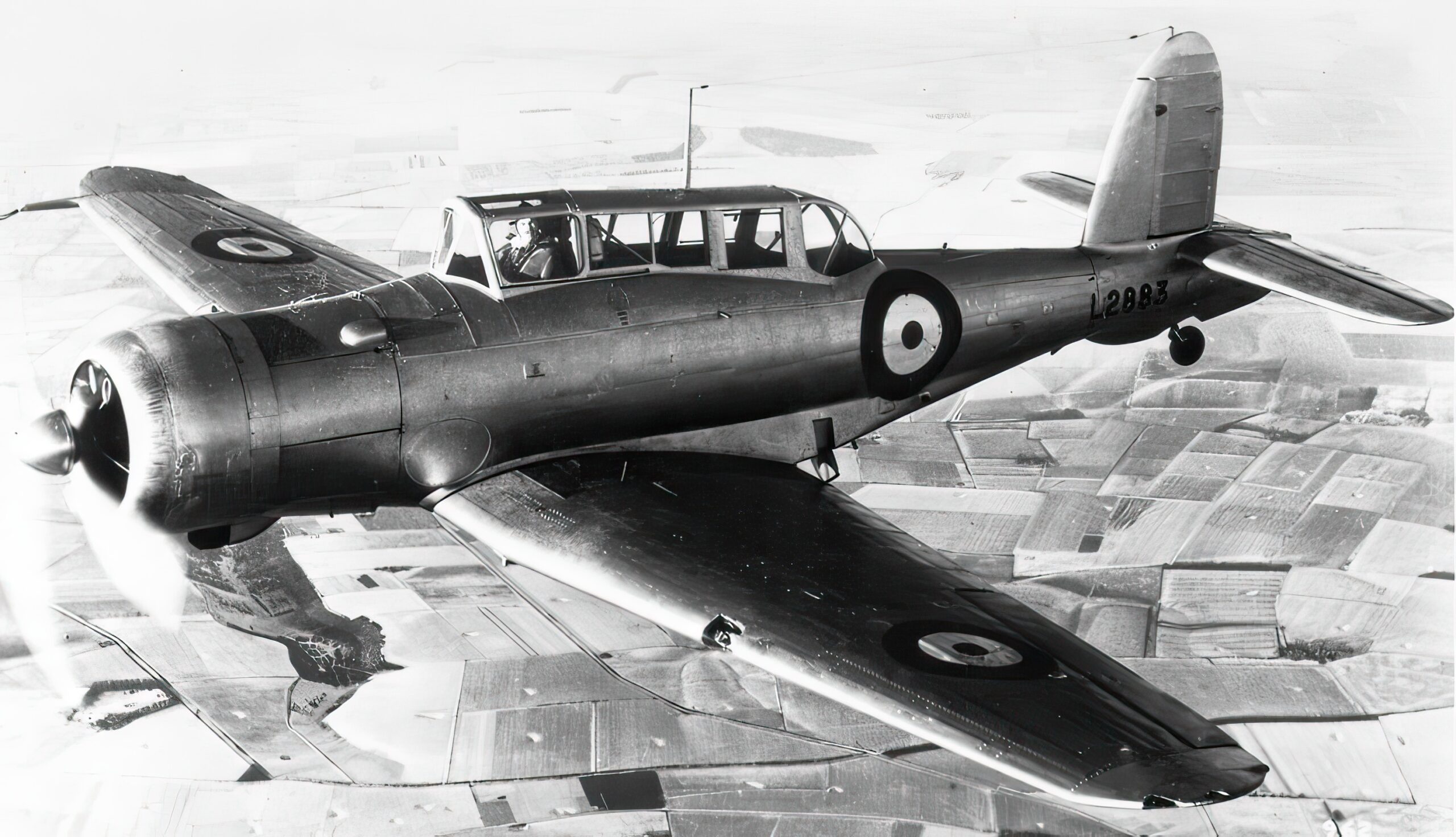
The Power Beneath the Wings
The heart of the Skua’s machinery was the Bristol Perseus XII radial engine, a critical factor in its intriguing story. An air-cooled, sleeve-valve engine, the Perseus XII hummed with 890 horsepower, a formidable force for the time.
Notably, the sleeve-valve design was an outlier in an era that mostly favored the traditional poppet valves. The engine was compact, and its smooth, quiet operation gained the respect of pilots and mechanics alike. This powerhouse allowed the Skua to reach a top speed of approximately 230 mph and a service ceiling of 17,000 feet.
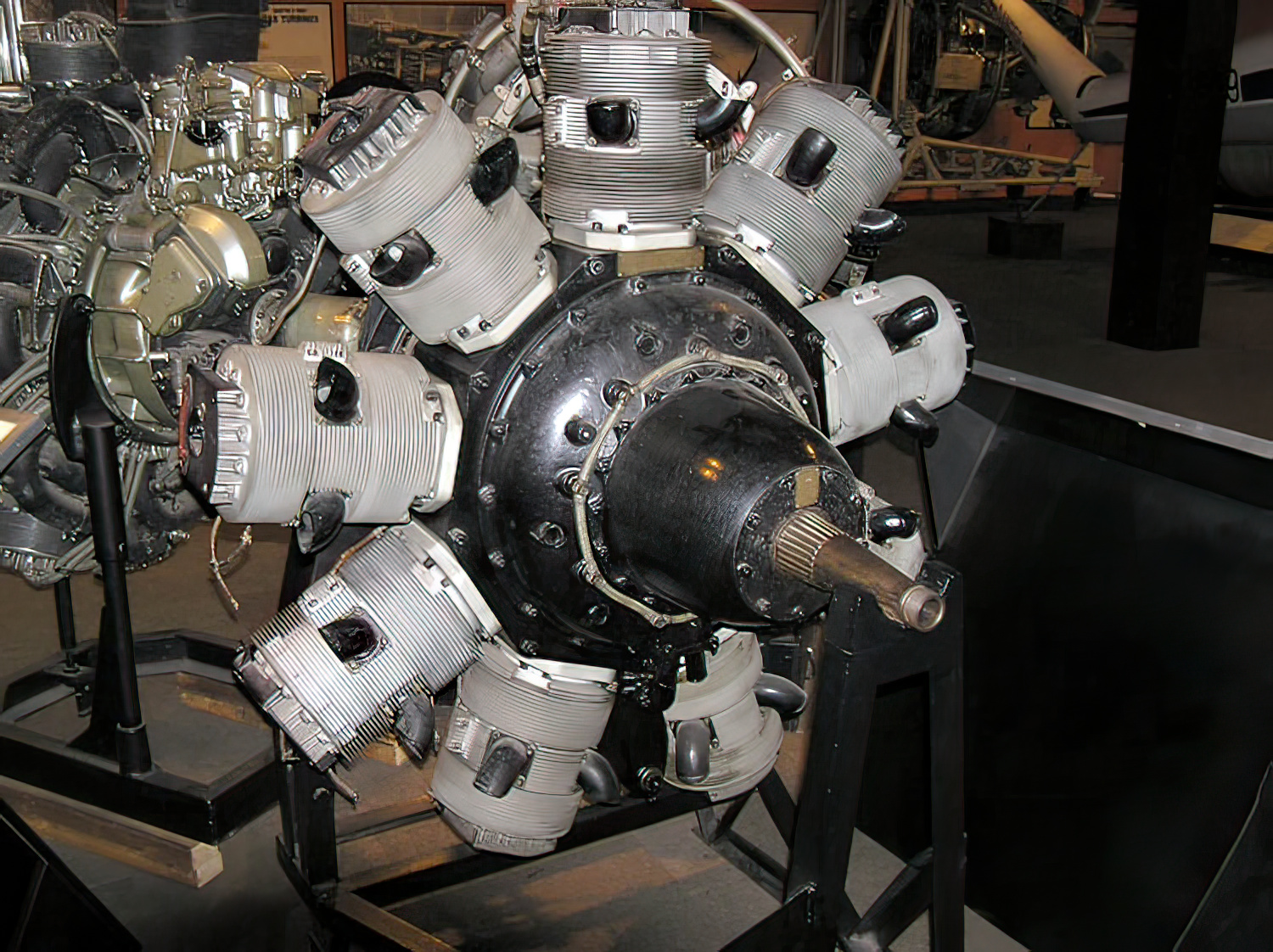
Flight Characteristics and Performance
The Skua was no ordinary aircraft. Its dive bombing ability and nimble performance defied conventional thinking. It was, however, not a comfortable ride. The rear gunner had limited space, and the cockpit provided less than perfect visibility for the pilot.
Flight characteristics were mainly stable, although it was reported that the Skua’s stall could be quite sudden, requiring careful handling. Nevertheless, its remarkable dive-bombing ability combined with solid level-flight speed proved an invaluable combination in the early days of WWII.
A Seabird in the Skies
The Skua was instrumental in the initial stages of World War II, earning its stripes through several critical operations. The first significant victory came when Skuas of No. 800 and No. 803 Squadrons sank the German cruiser Königsberg in Bergen, Norway, in April 1940. This marked the first major warship to be sunk by aerial bombing in WWII.
Beyond this triumphant event, Skuas were deployed in a wide range of operational settings. From anti-submarine patrols to air-sea rescue missions, the Skua exhibited an undeniable versatility.
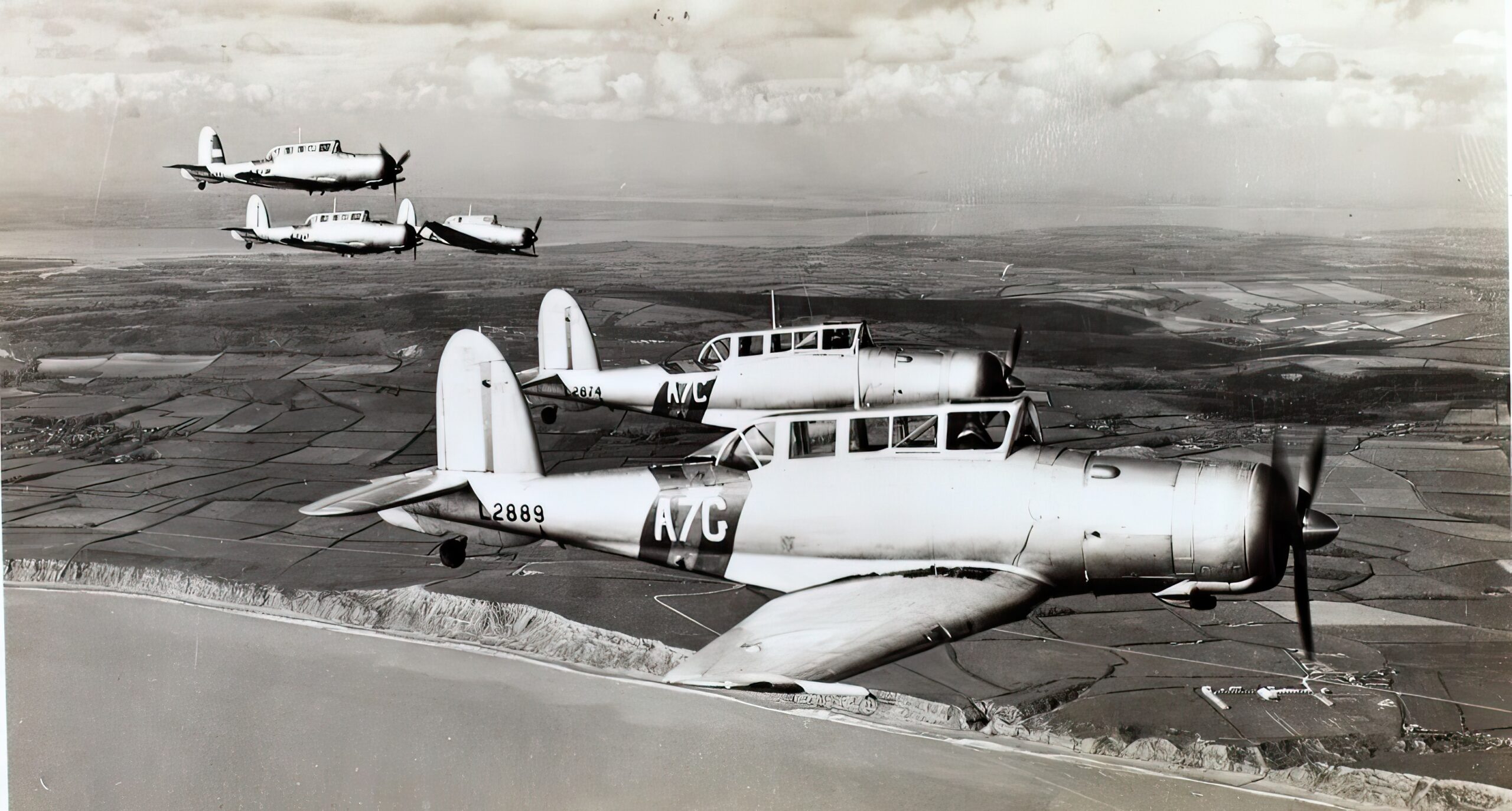
The Skua’s Limitations
For all its innovative prowess, the Skua was not without its drawbacks. Despite its pioneering dive-bombing role, in the heat of combat, its efficiency didn’t quite meet expectations. It also fell short in terms of speed, proving subpar when matched against the newer wave of fighters entering the stage.
The heart of the Skua, the Perseus engine, also bore its share of weaknesses. Though its compact design and quiet operation were commendable, it was a letdown in terms of sheer power and performance at high altitudes, particularly compared to the supercharged engines equipping the opposition’s fleet.
The Skua’s weaponry did not escape critique either. Its forward armament, made up of four 0.303 inch (7.7 mm) Browning machine guns, was considered underwhelming. Its sole rear-facing Vickers K machine gun didn’t fare well in real combat situations either.
By 1941, the Skua took a backseat, replaced by more contemporary aircraft, thus marking the sunset of its operational lifespan.
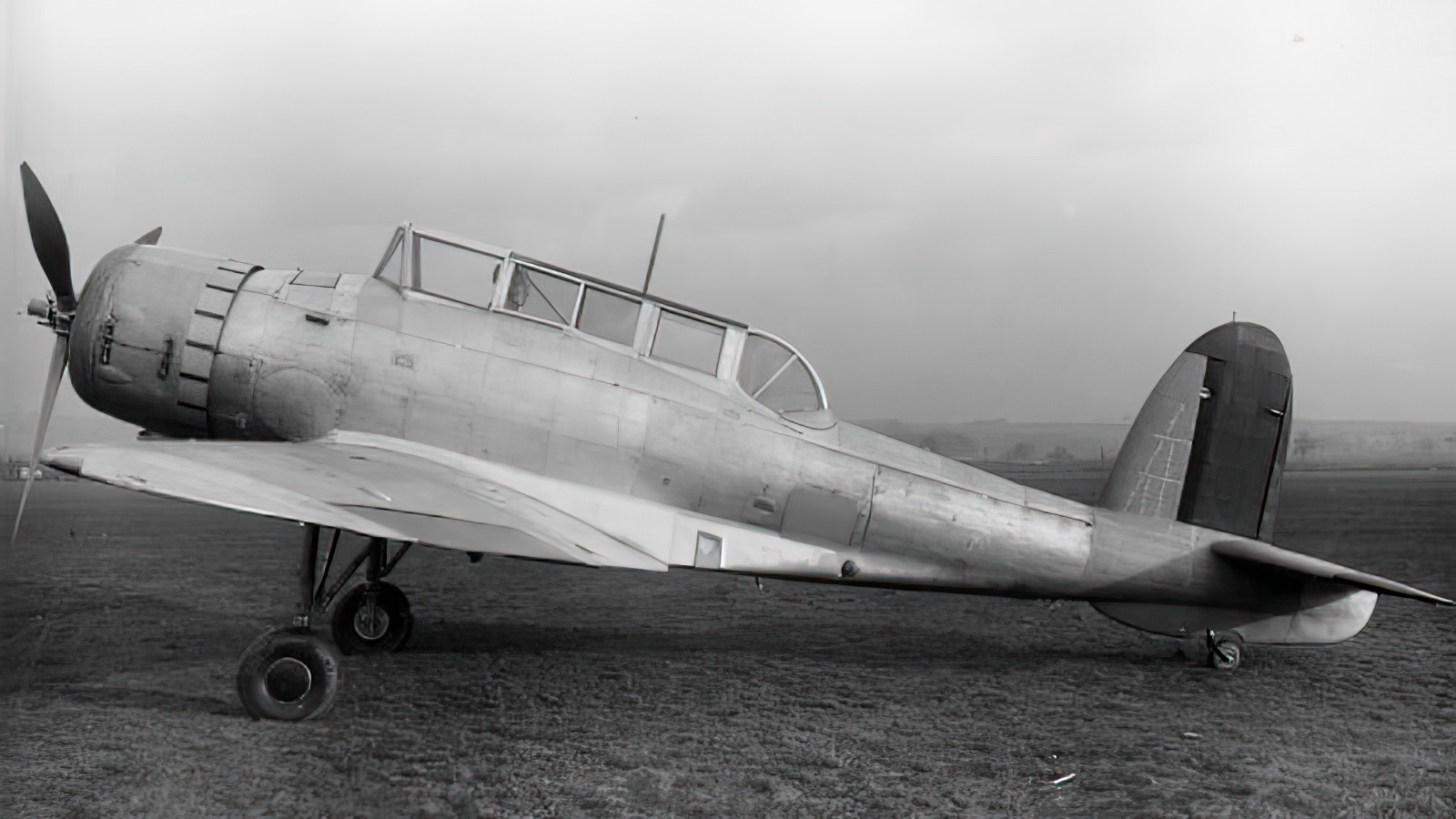
The Skua’s Lasting Legacy
While acknowledging its shortcomings, the Blackburn Skua’s role in the annals of history is unquestionable. As the FAA’s premier monoplane and the first British aircraft to secure a major warship kill in WWII, it personifies a critical junction in the growth of naval aviation.
The Skua serves as a testament to the tumultuous transition towards speedier, more lethal, and efficient aircraft. It stands as a potent symbol of the risks and rewards that come with innovation on the threshold of monumental change. Its story is one of soaring ambition, groundbreaking achievements, and inevitable obsolescence, embodying the essence of aviation history itself.
